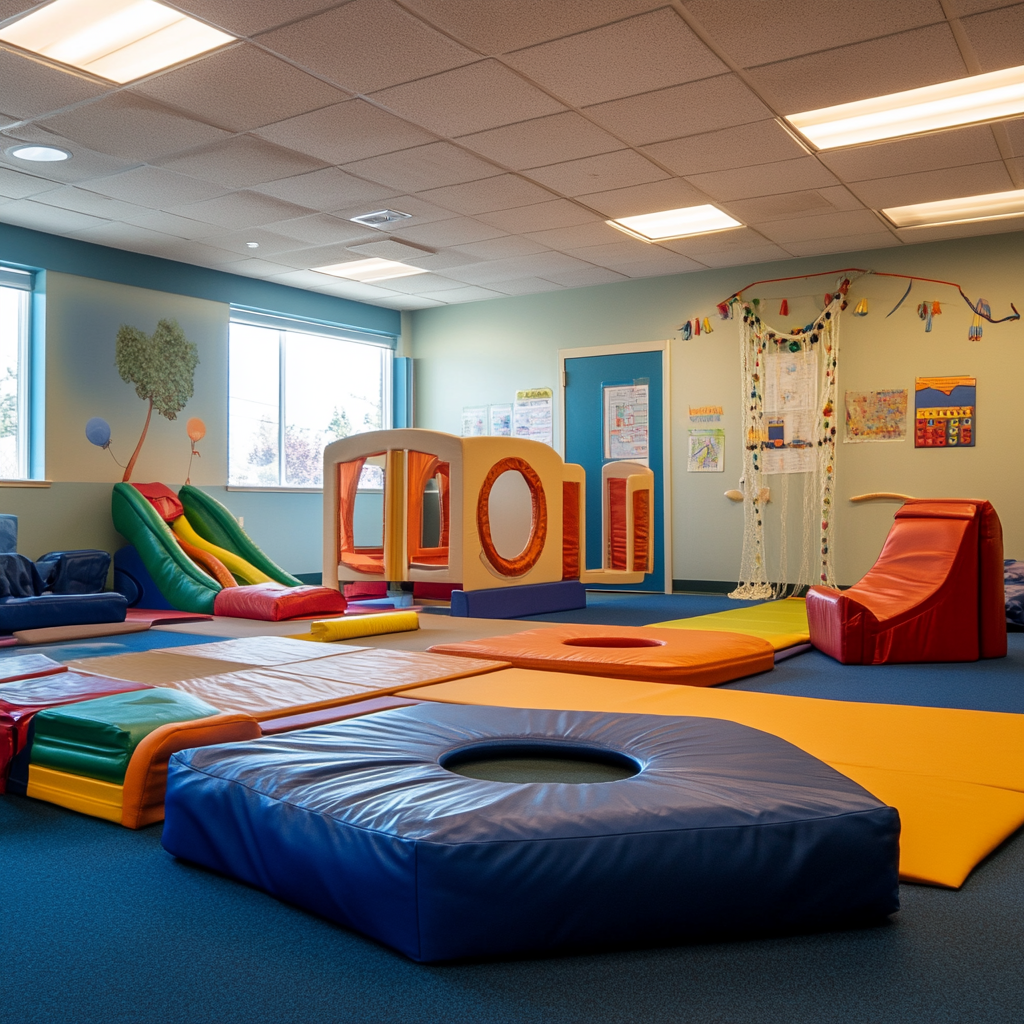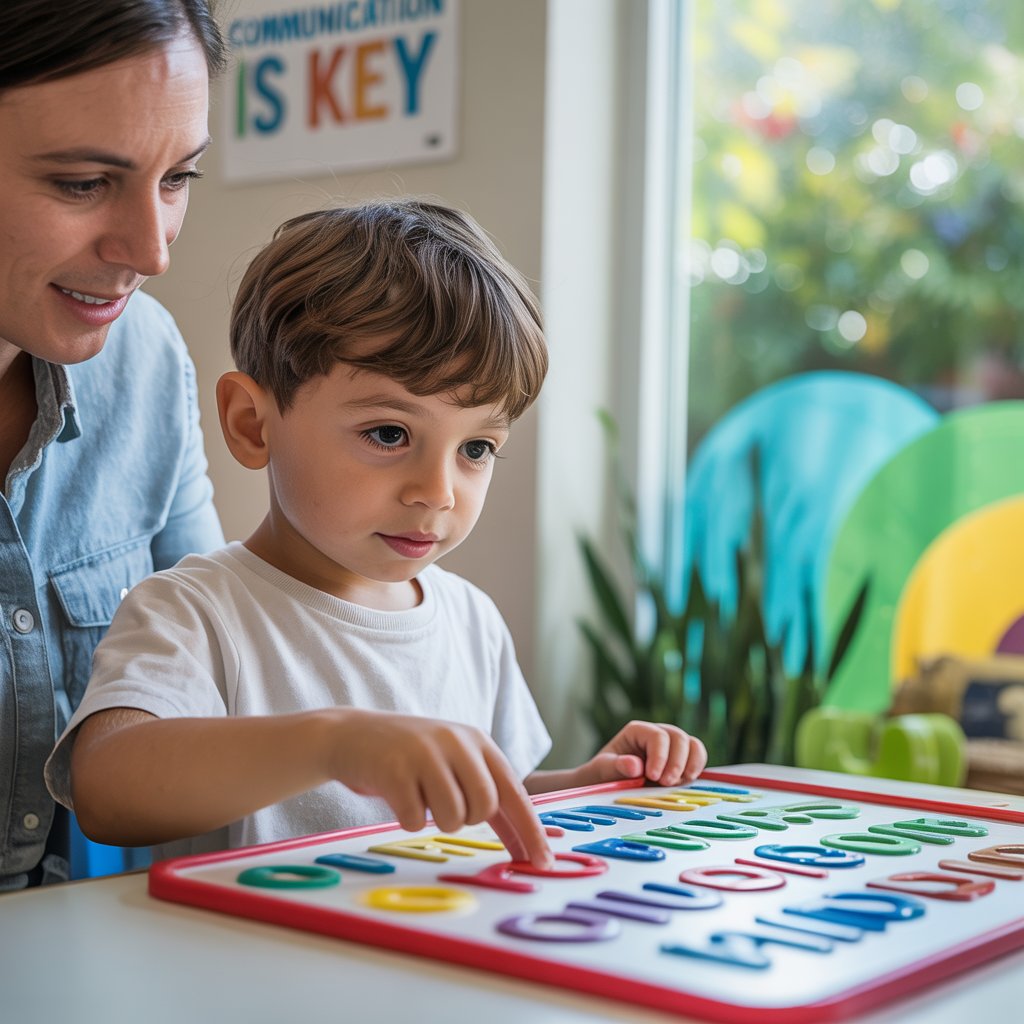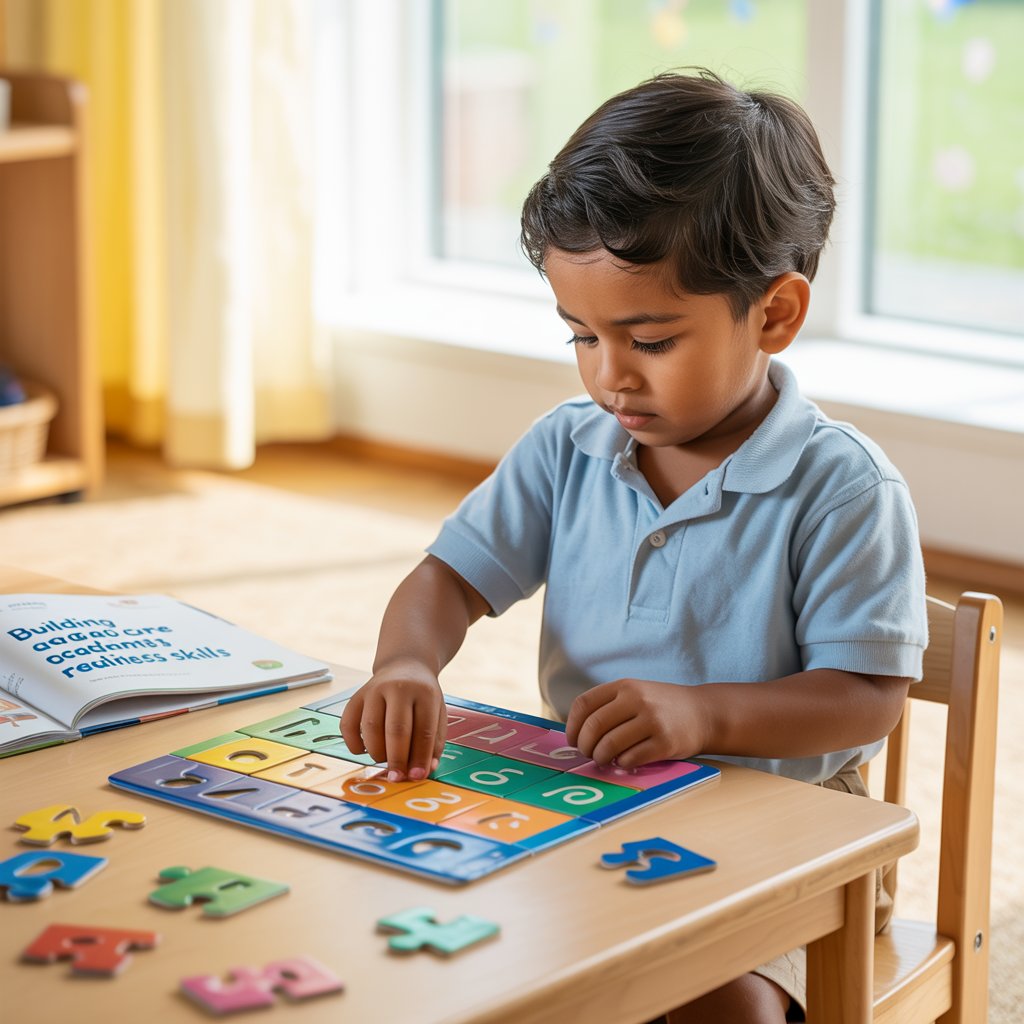The Long-Term Impact of Early Motor Support in Autism
.webp)
How early intervention impacts adult motor function
The clock is ticking when it comes to addressing motor challenges in kids with ADHD and autism. Early intervention isn't just a nice-to-have—it's a game-changer for their future.
Children who receive targeted motor skill interventions before age 6 show dramatically better outcomes as adults. Their brains are incredibly plastic during those early years, forming neural pathways that become the foundation for lifelong movement patterns.
I've seen kids who could barely catch a ball become coordinated teenagers after consistent early therapy. The research backs this up too—studies show that children who receive structured physical therapy before kindergarten are 65% more likely to have age-appropriate motor skills as adults.
But here's the thing—waiting until middle school often means playing a much harder game of catch-up. By then, compensatory patterns are deeply ingrained and harder to reshape.
Building confidence through motor skill development
Nothing builds a child's confidence quite like mastering something they once found impossible. Each small victory—tying shoes, riding a bike, or simply keeping up with peers on the playground—becomes a building block for self-esteem.
Many kids with ADHD and autism have spent years feeling "different" or "less capable" than their neurotypical peers. But watching a child who previously avoided physical activities suddenly volunteer for games is pure magic.
The confidence gained through motor skill development doesn't stay on the playground either. It spills over into academics, social situations, and even family dynamics.
Parents often tell me: "Since he learned to ride a bike, he's been willing to try new foods too." Or "Once she mastered swimming, her anxiety about other challenges decreased."
This makes perfect sense. Physical accomplishments provide concrete, visible proof that challenges can be overcome.

Transferring improved motor skills to everyday activities
The ultimate goal isn't just to help kids perform better in PE class—it's about transforming daily life.
Improved gross motor skills translate directly to independence. A child who masters balance and coordination can:
- Dress themselves independently
- Navigate public spaces safely
- Participate in family outings without exhaustion
- Handle routine self-care tasks with less frustration
Many parents don't realize how much motor challenges affect everyday tasks. Something as simple as sitting at the dinner table becomes easier when core strength improves. Grocery shopping becomes less overwhelming when a child can navigate crowded aisles without bumping into displays.
The transition from therapy to real life happens through deliberate practice. Therapists now focus on "functional goals"—specific everyday activities that matter to that particular child and family.
Addressing the emotional impact of motor challenges
The emotional toll of motor difficulties runs deep. Kids notice when they're always picked last for teams or can't keep up with friends.
Feelings of frustration, shame, and inadequacy often accompany motor challenges. One teenage client told me he'd spent years avoiding social activities because he felt "like my body betrays me in public."
Effective intervention addresses these emotional aspects head-on through:
- Celebrating small improvements rather than focusing on deficits
- Creating safe spaces to practice without judgment
- Building a vocabulary to express physical frustrations
- Developing strategies to cope with challenging motor situations
As motor skills improve, we often see dramatic reductions in anxiety, emotional outbursts, and social withdrawal. Many kids who seemed "behaviorally difficult" were simply responding to the stress of navigating a world their bodies weren't equipped to handle.
When we address both the physical and emotional components, we set the stage for truly transformative outcomes.
Moving Forward with Confidence
Gross motor development in children with ADHD and autism requires thoughtful consideration of neurological differences, accurate assessment, and tailored interventions. By understanding how these neurodevelopmental conditions affect movement patterns, professionals and caregivers can implement effective strategies like physical therapy, structured physical activities, and sensory integration approaches. Daily support from families and educators plays a crucial role in reinforcing these skills through consistent practice and environmental adaptations.
Remember that each child's journey is unique, and progress may follow different timelines. With early intervention and ongoing support, many children with ADHD and autism can develop the motor skills needed for increased independence, social participation, and overall quality of life. By focusing on strengths while addressing challenges, we can help these children build the confidence and capabilities to navigate the physical world successfully and joyfully.







